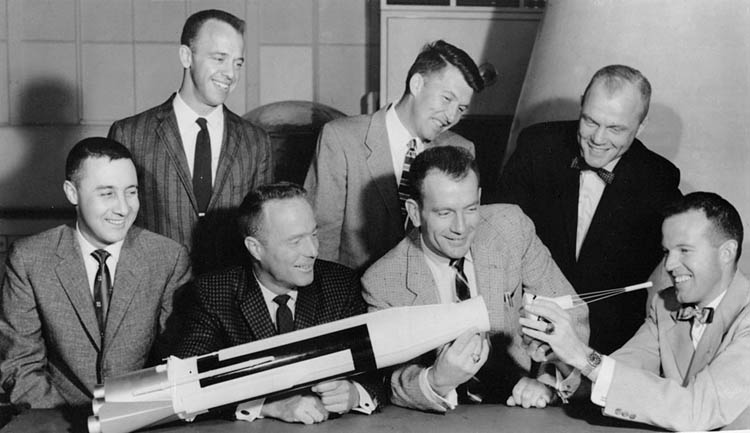What will it look like?
How will it work?
Why does it need to change?
…
I’ve just been in London at IBF and APICS first ever Best of the Best Sales & Operations Planning (S&OP) Conference outside of the US, which was a great success. I had the pleasure of speaking at the event and moderating the closing panel on The Future of S&OP.
After a day-and-a-half of many practitioners sharing their different experiences and perspectives on the trials, tribulations, opportunities and benefits of establishing joined-up decision-making, the closing panel and I had the task of exploring the ‘Future of S&OP’. Luckily I had a wealth of experience to draw on from our panel members:
- Mo Khurana – Global Director Demand Management, Global Sales & Marketing, Smiths Medical
- Andy Moyes – Interim Head of Demand Management, Norgine
- Thomas Hsu – Head of S&OP, Lonza AG
- Andrew Martin – Corporate Head of S&OP, Rolls Royce
- Mike Bonnici – Former Head of European Demand Planning, HJ Heinz, founder Goodhear
We set the scene by looking at the big external and internal pressures placing unprecedented stresses on planning and decision-making and explored some of the critical success factors if S&OP is going to rapidly adapt and not lose its relevance in a context that is very different from that it was originally designed for. A few big themes surfaced:
- VUCA – we live in increasingly Volatile, Uncertain, Complex and Ambiguous times. The Laws of Change, Perspective and Entropy all seem to be working against us rather than for us. These conditions are reframing traditional assumptions about what it takes to be, and remain, competitive, and shaking traditional planning, decision-making and improvement processes to the core.
- Pressure for Growth and Innovation – as if the external pressures aren’t enough, we are simultaneously seeing an increasing internal pressure to drive growth and a recognition that trying to ‘slog it out’ for greater shares of existing markets is likely to be a race to the bottom. The premium on innovation has never been higher and this, combined with entry into new geographies, markets, categories, channels, etc. is compounding a sense of unpredictability
- Increasing Complexity – While the first two themes create complexity, our planet is becoming an increasingly interconnected place, amplifying it further. Our target consumers and customers are increasingly ‘global’, our previously linear supply chains are becoming intertwined networks that stretch around the world, and competition is coming from previously unexpected angles
- A Greater Exposure to Risk – these external and internal trends are conspiring against us and creating more, new, and different risks than we’ve had to contend with in the past. Reacting to these new risks with the old deterministic toolkit is likely to have unintended consequences. Decision-making needs to be supported by more probabilistic methods and we need to resist the desire for the single-point forecast – the ‘one right answer’ – in favour of asking the right ‘what-if?’ questions.
Individually each of these themes presents a challenge for organisations and collectively these are amplifying the degree of change that needs to be grappled with. Given this dramatically shifting context ‘S&OP’ is in danger of ‘design overreach’, being stretched, on just about every dimension, beyond what it originally set out to cope with. A fundamental ‘design re-think’ will be necessary if an outdated version of S&OP is not going to be left behind the in wake of change.
The panel recognised how this ‘new normal’ represents a potentially scary prospect, particularly for those just beginning the already daunting task of introducing ‘S&OP’ or those trying to revitalise an existing process that has already lost its cogency. However, the overwhelming sense was that this changing competitive landscape offers huge opportunities to those companies that can adapt ‘S&OP’ to the new planning, decision-making and competitive needs. Our discussions between the panel and the audience provided some early signals of what needs to be considered in transforming yesterday’s demand and supply balancing mechanism into tomorrow’s joined-up decision-making eco-system.
- Dropping the Baggage – over 25 years or more not only has the context significantly changed, but the ‘S&OP Process’ has picked-up quite a bit of baggage along the way. Even the phrase ‘S&OP Process’ is emotionally loaded – the term and acronym ‘S&OP’ stimulating an unconscious response that ‘this is something to do with supply chain’, rather than a means of integration and coherence across all functions of the business; and, despite most proponents saying that we need to ‘speak in a language the rest of the business, particularly sales, marketing and finance, understands’, the default way of engaging people appears to be with technical jargon, mechanistic process flow diagrams and process documentation that is a sure-fire antidote to insomnia!
‘S&OP’ has an image problem, and this needs to be addressed if it is to be adopted and adapted at a fast enough pace to keep up with and get ahead of external change. - The Opposite of ‘Fragile’ – although many companies are recognising the need to become more ‘flexible, agile, adaptable, resilient’, most S&OP processes are ‘fragile’, that is, not designed to cope well with severe shocks; the very thing we need to be capable of if we are to grow and add value in a VUCA world. In many cases this fragility stems from rigidity, a simple example being the tendency to constrain the process by immovable calendars, fixed agendas and predetermined templates, that do not leave space for us to explore weak signals of change, spot emerging trends, pose different hypotheses about our view of the world, or react in the face of unexpected shocks. This problem is not restricted to S&OP processes and has its roots in a mindset where we try to fit the world to our ‘models’ as opposed to adapt our models to fit the world. Against a backdrop of volatility, uncertainty, complexity and ambiguity, we need to be developing organisations that go beyond flexibility, agility, adaptability and resilience, the organisations that will win will be those that not only contend with shocks, but gain and add value because of shocks – those that are ‘Anti-Fragile’.
S&OP has an application problem, for a process that is touted as a means of ‘managing change’ it is going to be tested to the point of destruction by a VUCA environment and needs to be applied with a different mindset if it is going to be part of the solution rather than part of the problem in the ‘new normal’. - Tipping the ‘Control–Growth’ Balance – running through these themes is a challenge to the original premise of S&OP, that of gaining ‘control’. Clearly, a lack of control can be damaging when it results in self-inflicted chaos – silo behaviour, lack of self-discipline and the inability to connect all the moving parts of a complex business are unacceptable causes of being ‘out of control’. However, in addressing these internally driven problems, we often conceal a desire and misplaced belief that we can impose similar degrees of control on the external environment. Worse still, we blindly try to force-fit the world into our outdated ‘models’ rather than adapt our models to the realities of a changing world. Rather like King Canute commanding the waves to retreat, we are likely to get our feet wet as we try to impose control on an increasingly VUCA environment. In this context, the counter to a ‘control’ mindset is a ‘growth’ mindest; not just in terms of growth in the top and bottom line performance, but in the learning, feedback, adaptation and capability building eco-system we create.
S&OP has a balance problem. It is often tipped towards the ‘OP’ side of the equation, reinforcing the misconception that ‘it’s a supply chain project’. Also it’s origins emphasise ‘control’, but against a VUCA backdrop we need to tip the balance towards a ‘growth’ mindset, creating a platform to develop new and innovative ways of finding value in an uncertain world.
Everyone agreed that we didn’t have enough time to explore these opportunities as far as we need to, but the conference provided a networking and sharing opportunity to start the conversation.
Thanks to Anish Jain, Managing Director of the Institute of Business Forecasting and Abe Eshkenazi, CEO of APICS, the Association for Operations Management and their organisations for sponsoring the event, my panel members, all the speakers, and the participants for an interesting, lively and provocative couple of days.
Check out the details for the US Best of the Best Conference in Chicago, June 14-15, 2012, here.
